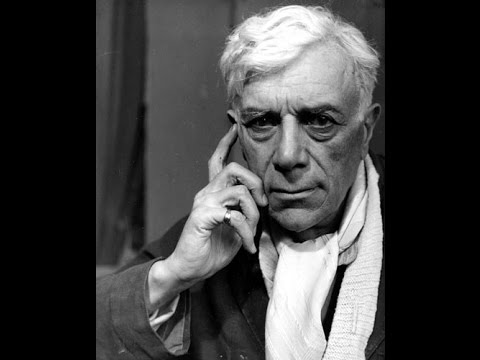Library of Congress
Music employs a number of mechanisms for conveying emotion. Some of them are shared with other modes of expression (speech, gesture) while others are specific to music. The most unique way that music communicates emotion is through the use of contrastive scale types. While Westerners are familiar with the major/minor distinction, the use of contrastive scale types in world musics is universal.
Looking at the expression of emotion in both Western and non-Western musics, Brown invokes the theory of Clore and Ortony, who posit three categories of emotions 1) “outcome” emotions related to the outcomes of goal-directed actions (e.g., happiness, sadness); 2) “aesthetic” emotions related to the appraisal of the quality of objects (e.g., like, dislike); and 3) “moral” emotions related to an assessment of the agency of individuals actions (e.g., praise, scorn). While representational art-forms like theater or dance can represent all three categories, music is probably most adept at expressing “outcome” emotions, such those that sit along the happy/sad spectrum.
Speaker: Steven Brown, Director, NeuroArts Lab, McMaster University
Source



